Location: United States
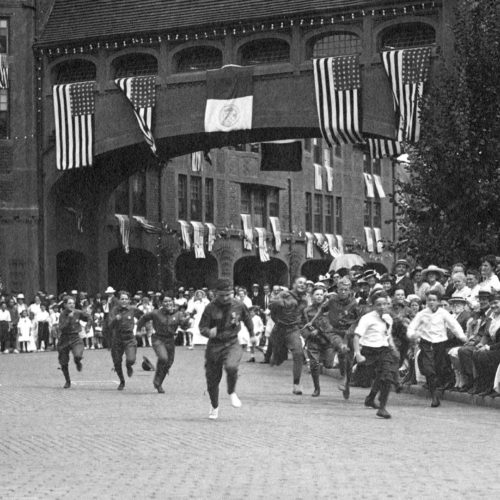
“Investment Philanthropy” Investing for Social Good, a Century Ago
An early twentieth-century foundation tried using its endowment to support for-profit projects that also would achieve a social goal.
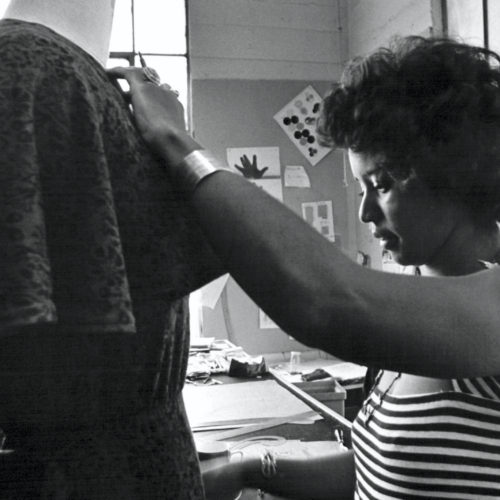
Photo Essay: Supporting Minority Enterprise in the late 1960s
In 1968, the Ford Foundation began to make social investments using a new tool borrowed from the for-profit world, the Program-Related Investment.
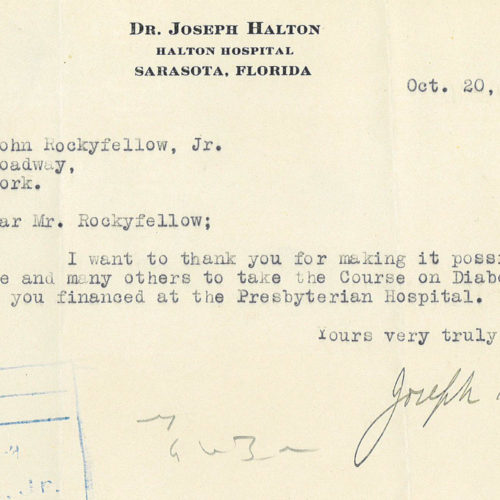
The “Insulin Gift”
In 1923, a wealthy philanthropist’s funding helped make life-saving treatment for diabetes available to patients and doctors.
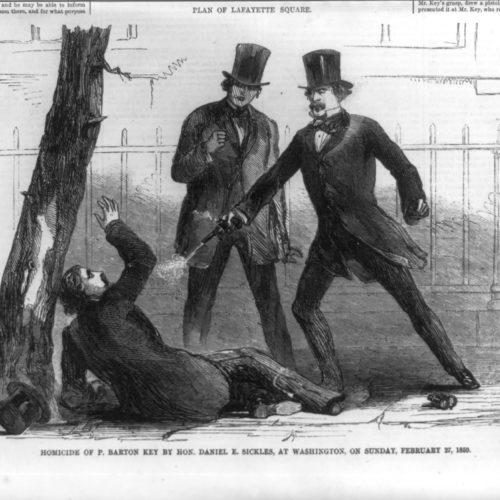
The Commonwealth Fund and the “Insanity Defense”: Unexpected Outcomes
Our understanding of the insanity defense relies on a book that was an unintended outcome of a Commonwealth Fund grant.
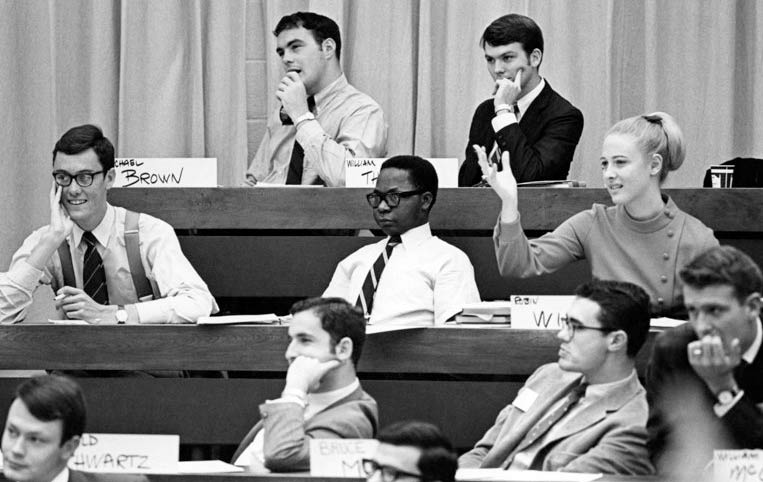
The Birth of the Modern MBA
Why would an American foundation transform the field of business education?
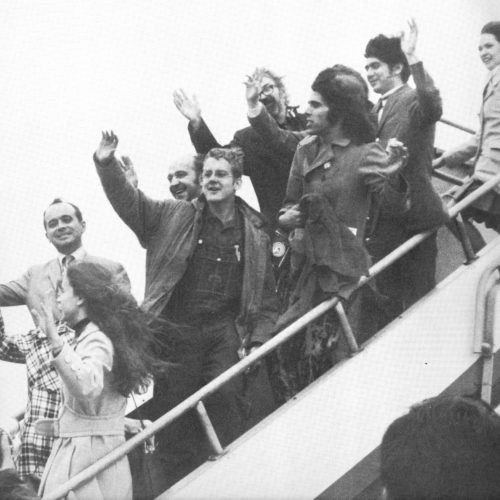
Ping-Pong Diplomacy: NGOs and International Relations
When a friendly interaction unexpectedly emerged between American and Chinese table tennis players, one nonprofit seized the opportunity to support broader cultural diplomacy.
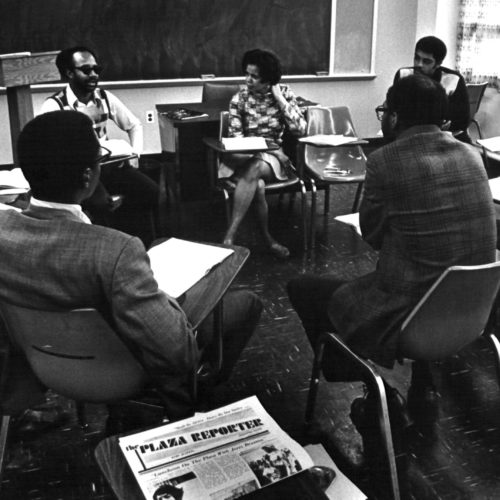
Supporting Economic Justice? The Ford Foundation’s 1968 Experiment in Program Related Investments
How the largest US foundation began supporting market-based projects in the late 1960s.